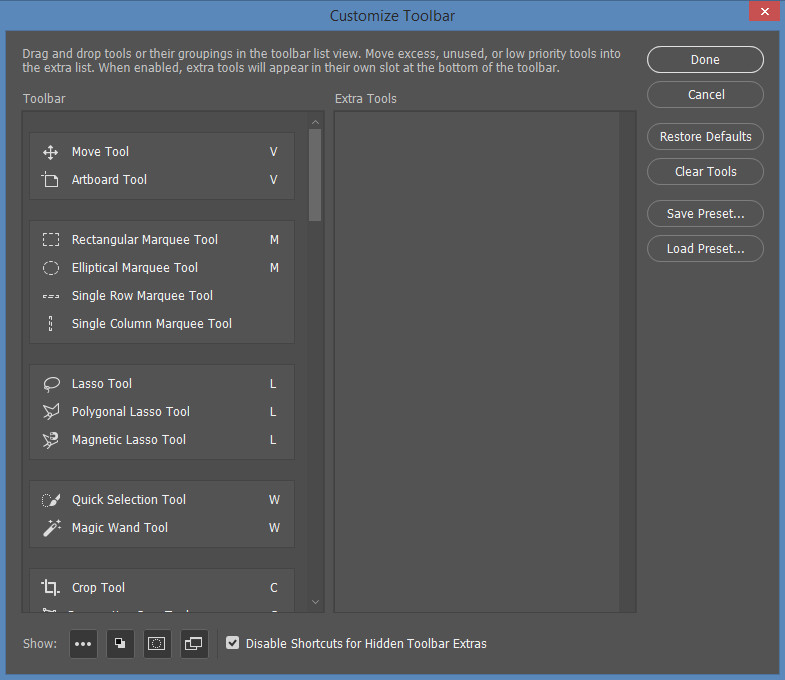Lumix S5 IIX the logical extension to the Lumix S5
I admit that I struggled for a long time with the decision whether to buy a Lumix S5 II x. In February I came across an offer that I couldn’t say no to.
Introduction
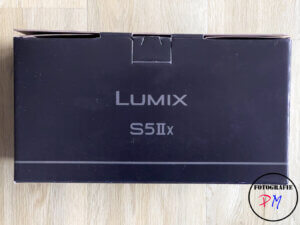
When studying the technical data of the Lumix S5 II, but especially the S5 IIx, you come to the conclusion that hardly anything has changed in the photography area, but many improvements have been implemented in the video area compared to the Lumix S5.
The Lumix S5 II would not have been an option for me anyway, because for the small price difference, too many features are missing in the video area. I don’t understand Panasonic’s model policy at this point.
Many people have also praised the simple design, which also has disadvantages, but more on that later.
The comparison and the differences
If you put the two camera bodies next to each other, they are very similar, even if the Lumix S5 II x is slightly larger than the S5.
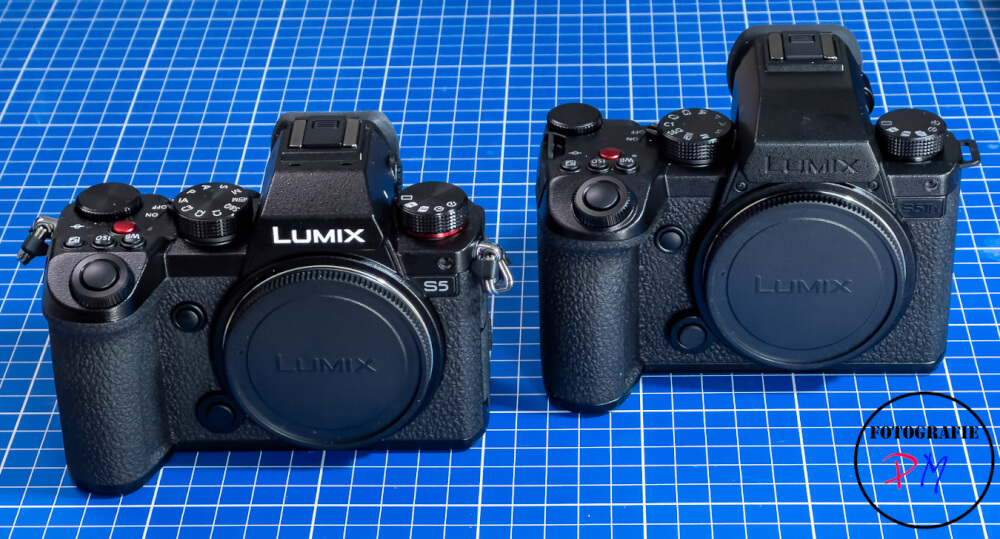
In direct comparison, it is also noticeable that the labels on the buttons etc. on the Lumix S5 IIx are in gray, an understatement so to speak.
This not so conspicuous labeling of the control buttons also has the disadvantage that they are not so easy to read in the dark.
Panasonic has saved on the charging cradle, which was still included with version I. Now there is only the USB-C charging cable, since you can charge the battery inside the camera.
The photo area
Really little has been done for photography compared to the Lumix S5. You still have a 24 MPix sensor, an IBIS, which is supposed to be able to compensate for 5-6 exposure values. The phase AF is new on the camera, in contrast to the contrast AF on the Lumix S5.
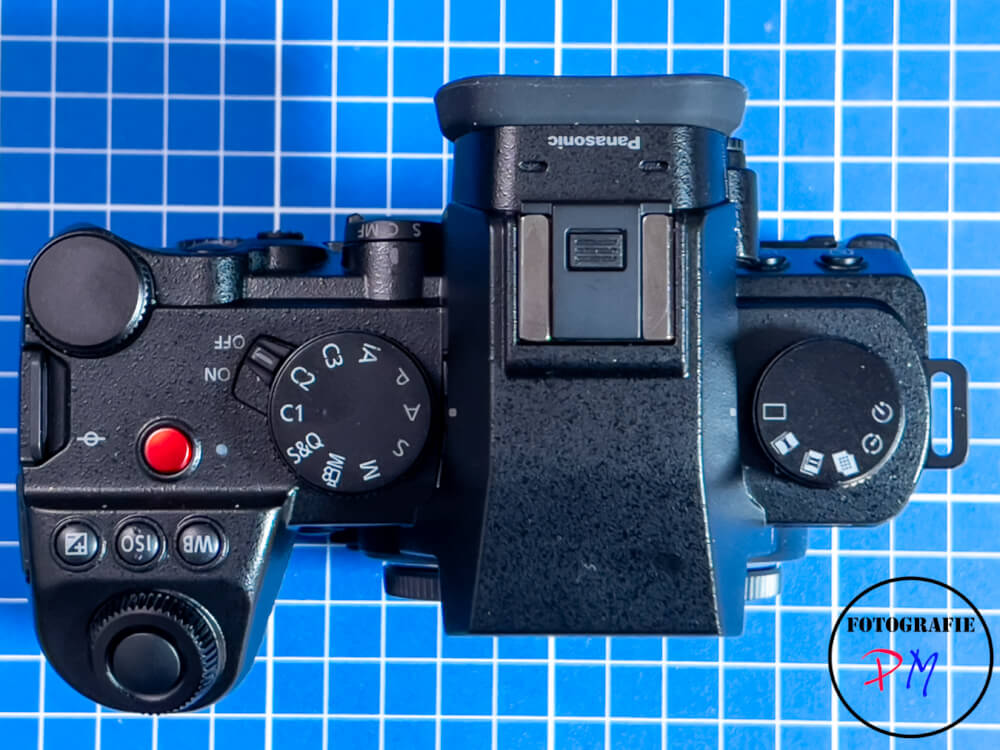
The high resolution mode has been retained, with which images can be taken in RAW with 96 MPix. What is new here is that this function can now also be activated directly with the mode dial.
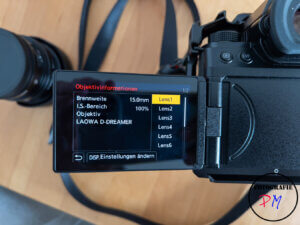 You can also save the lens data for the stabilizer for manual lenses so that the housing’s stabilizer works properly. This is important for me, for example, because I have a manual Laowa D-Dreamer 15mm/f 2.0. A useful addition to this function is the option to save the name, for example, which is then transferred directly to the Exif data of the recording.
You can also save the lens data for the stabilizer for manual lenses so that the housing’s stabilizer works properly. This is important for me, for example, because I have a manual Laowa D-Dreamer 15mm/f 2.0. A useful addition to this function is the option to save the name, for example, which is then transferred directly to the Exif data of the recording.
This saves me having to do this manually later in Lightroom with the Lenstagger plugin.
When using the mechanical shutter, the S5 IIx achieves at least 30 frames/sec, which is already a lot more than the Lumix S5. But there are no more 6K photos.
But that essentially sums up the differences, at least in the photo area.
What is also very nice is that both SD card slots are now connected via UHS-II, so there are no more restrictions here.
The video area
This is of course the area in which the Lumix S5 IIx scores points and where Panasonic has added the most new features. And first of all, the jump in AF in the video area is really enormous. It has become faster and, above all, more reliable. This is particularly interesting when you are filming yourself and rely on the focus being right.

Two key factors are immediately apparent here. In contrast to the Lumix S5, the S5 IIx can record up to 6K internally and higher bit rates, such as those used in All-Intra recordings or even ProRes, can be recorded directly to an SSD via USB-C on the S5 IIx. When recording to SSD, however, it is noticeable that this setting is not saved in the user settings C1-C3, although some bit rates can only be saved via SSD (or on very expensive V60 or even V90 cards that you can hardly afford)
And of course things like HDMI RAW output, which can be used to record on Blackmagic RAW with the Black Magic Video Assist, for example, are retained.
What I now really like using with this camera is the Opengate format, which reads the sensor in full 3:2 format. Not because of TikTok or other social media, but simply because you then have considerably more scope for the image section in the video later on.
Conclusion
The move to the Lumix S5 IIx was the right one, from a film perspective almost solely because of the AF but of course also because of the other formats, especially Opengate. The camera simply has a lot to offer and in this price range it already has a lot to offer exclusively, but it remains a very good hybrid camera with no compromises in the photo area.
Even though many people praise the elegant design, this does have consequences for operating the camera in poor light or in the dark, because you can sometimes not see the position of the buttons. Here it might have been better to only do this for the logo on the front.
ciao tuxoche

